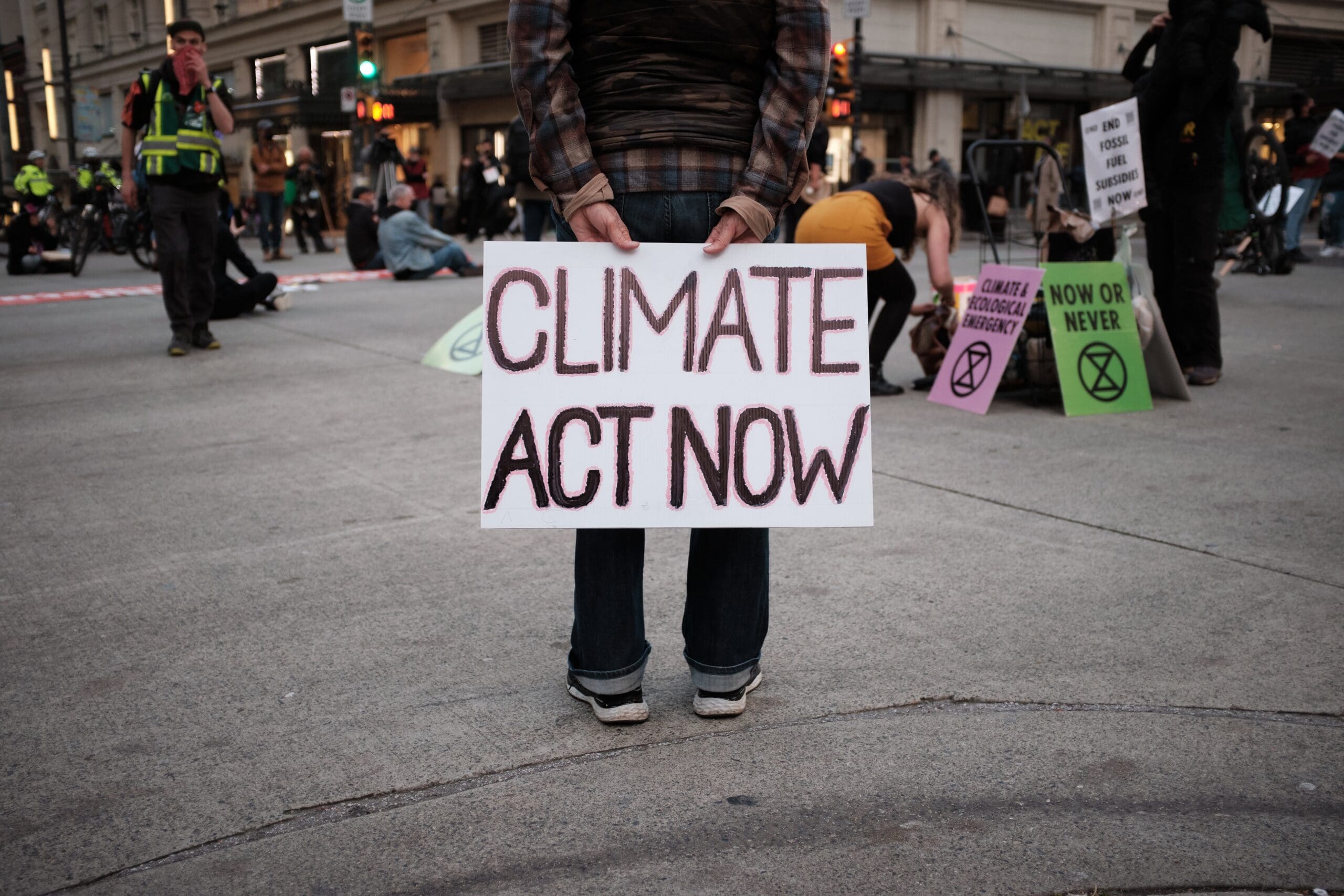CLICK HERE TO VIEW THE FULL REPORT
EDMONTON – As debate continues to rage over pipelines and the current price differential for Alberta’s oil, a new Corporate Mapping Project report analyzes how the five companies that dominate the oil sands sector have fared during the recent boom-bust commodity cycle.
“Despite the 2014 oil price crash and the ongoing hand-wringing over pipelines and the price differential, the reality is that the Big Five oil sands producers have remained incredibly profitable corporations, which last year alone banked or paid out to shareholders $13.5 billion,” says Ian Hussey, the lead author of Boom, Bust, and Consolidation: Corporate Restructuring in the Alberta Oil Sands, released today by Parkland Institute and the Canadian Centre for Policy Alternatives BC Office.
The report analyzes the economics of the five largest corporations in the oil sands—Suncor, CNRL, Cenovus, Imperial, and Husky, which together produce 80% of Canada’s bitumen—through the 2009–2017 boom, bust, and consolidation commodity cycle. It found:
- The Big Five paid $31.76 billion in dividends to shareholders over the period, including $12.56 billion since the oil price crash in late 2014.
- In 2017, the Big Five transferred a total of $6.2 billion to shareholders ($4.16 billion in dividends and $2.04 billion in share buybacks) and had residual savings of $7.3 billion, while paying out $4.72 billion in taxes and royalties to all levels of government.
- The aggregate gross profits of the Big Five in 2017 were $46.6 billion, which was close to the Alberta government’s revenues of $47.3 billion.
“There’s no question that the price crash had a major impact on the industry in Alberta, most importantly on the almost 20,000 workers who lost their jobs in 2015, but the Big Five are doing just fine,” says Hussey. “As highly integrated multinationals—all with significant assets in the US—they’ve been able to shift their operations in response to market conditions to ensure they remain profitable despite the issues that have been dominating the headlines in recent months.”
Hussey argues that the most important question emerging from the report is how to reconcile the forecast increases in emissions from the oil sands sector with the urgent need for science-based reductions in carbon emissions.
“Albertans have to ask if it’s worth it to continue to bet on the cost-cutting sector with weak fiscal and employment benefits that has emerged from the crash, or if now is the time to put in place the policies to position the province to benefit from the ongoing global energy transition.”
Parkland Institute is a non-partisan public policy research institute in the Faculty of Arts at the University of Alberta.
This report was undertaken as part of the Corporate Mapping Project (CMP). The CMP is a six-year research and public engagement initiative jointly led by the University of Victoria, the Canadian Centre for Policy Alternatives BC and Saskatchewan Offices, and Parkland Institute. This research was supported by the Social Sciences and Humanities Research Council of Canada (SSHRC).
-30-
For media inquiries, contact: media@policyalternatives.ca.


